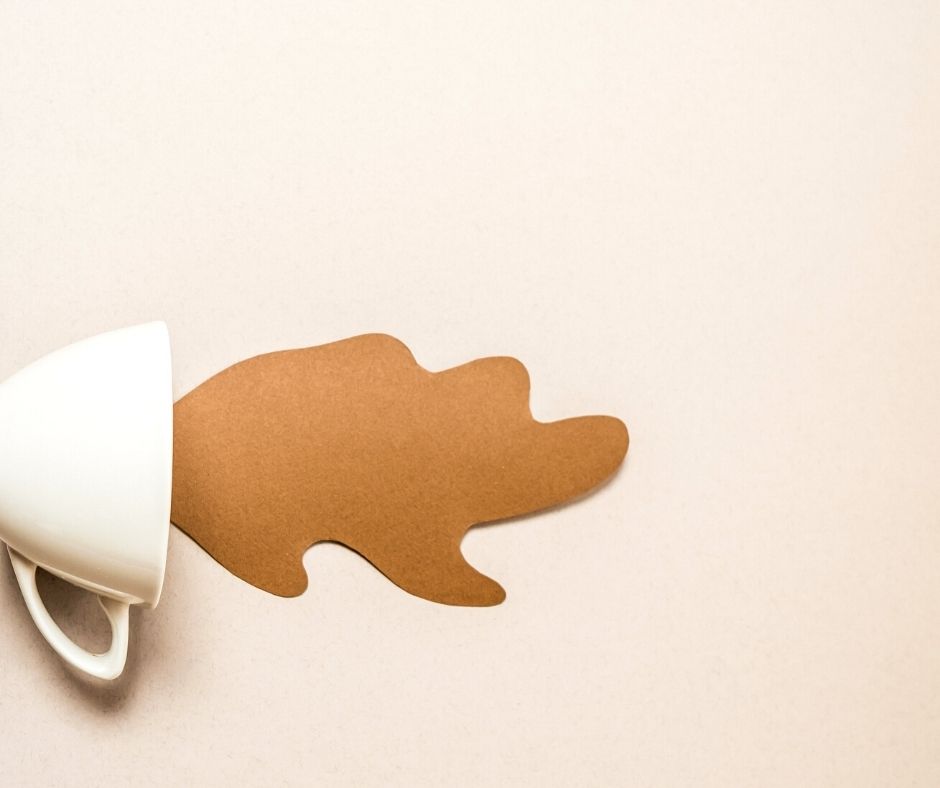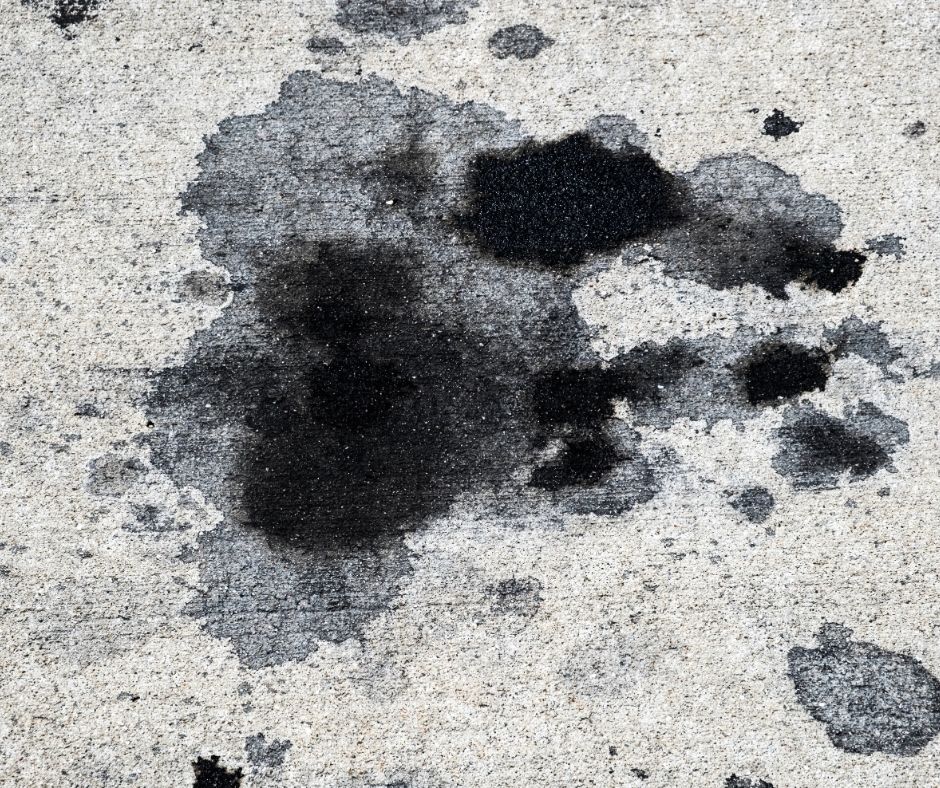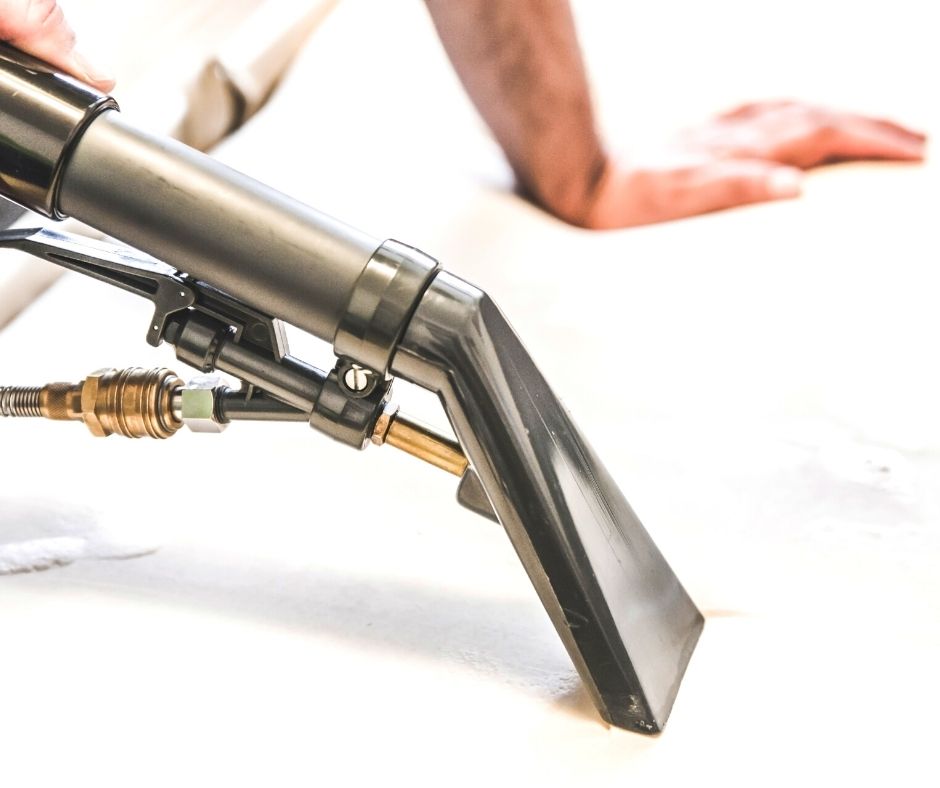There’s a difference between something being broken and it just being dirty. That chair you inherit from your old aunt might be in perfectly good condition, except for a giant stain from where she dropped a cup of coffee a few years back.
You could spend a lot of money hiring a professional to clean it. If the upholstery is particularly dirty and smelly, that might be the way you should handle it. If it’s just a stain or two, you can try to get it out yourself first to save yourself money.
We created this short guide on how to remove old stains from upholstery. We hope you find something useful in it.
In This Article We'll Discuss
How to Remove Old Stains From Upholstery
There are two things you should do whenever you need to clean furniture of any kind. The first is to physically clean it with a vacuum or a soft brush. Even if you don’t expect the stain to get worse because there are cookie crumbs on your chair, it’s better to just not risk it.
After you’ve cleaned it physically, check the care tag. If it has a W, that means you can clean it with a water-based cleaner. More importantly, you can use steam on it. Steam is comprised of the two greatest cleaners, heat and water.
Gently apply steam to the stain. It may not clean the stain by itself, but it might loosen it for a more successful cleaning. Follow that up by gently blotting at the stain with a mix of warm water and dish soap. Wet a sponge for a rinse cycle. If that doesn’t work, you might need to buy a cleaning product deemed safe for your furniture.
If there is an S on your care tag, that means it is safe for solvent-based cleaners. You can either buy a cleaning product or use a spray bottle filled with a mix of vinegar or vodka. Vinegar is great because it also neutralizes odors associated with stains.
How to remove different types of old stains:
How to Remove Old Coffee Stains

Check your care tag. If there’s a W on it, you can use a simple mixture of one tablespoon of dish soap and two cups of water. For coffee stains, use cool water.
The frustrating thing about coffee stains is that it might take a while for you to get the stain out, especially if it’s old. So, even more than the right cleaning product, patience is your most important tool.
You might need to clean it over several cycles of dabbing at it with a soaped cloth or sponge and blotting up the cleaning solution.
If there’s an S on your care tag, vinegar is great on stains created by acidic liquids. That includes coffee. Follow the directions for cleaning a coffee stain using water and dish soap, but substitute in the vinegar. The bonus is that vinegar also neutralizes odors.
How to Remove Old Oil Stains

Oil stains are one of the most stubborn to get out, and if you can’t clean one after a few attempts you’re probably better off calling a professional or finding a blanket to drape over it.
The first thing to do is generously sprinkle baking soda over the stain. Let it sit for at least 20 minutes. This will absorb any of the oil either on the upholstery or close to the surface. If the stain is really old, it might not get much because having it a bit moist does help. Vacuum it up to dispose of it.
Take an old toothbrush and a couple of drops of dish soap. Dish soap is great for oil stains for the same reason why it’s great on greasy dishes. It breaks it up for easy cleaning. Gently scrub the stained area with the toothbrush and soap. Blot it up with a damp, clean cloth.
If it requires more than three cycles, you might want to concede defeat or risk setting the stain in deeper.
How to Remove Old Blood Stains

After brushing your upholstery to remove any dried blood on its surface, check the care tag. A W means you can use a water-based cleaner, which in this case means just water. Use cool water, because warm water can cause the stain to set. An S means a solvent-based cleaner, which in this case is rubbing alcohol.
Moisten the stain with either cool water or rubbing alcohol to loosen up the blood. Next, you’ll want to apply a cleaning solution. For couches with a W, lemon juice with a little salt is a good option because it helps break down the blood. You can also use hydrogen peroxide or a mix of dish soap, baking soda, and water.
For couches with an S, rubbing alcohol or a commercial cleaner is your best bet.
Gently clean the stain to avoid helping it set. Leave it be for about 20 minutes so the cleaner can break down the blood. Blot it away with a clean cloth. Repeat as necessary to get rid of the stain.
How to Remove Old Water Stains

For old water stains, vinegar is your go-to cleaner. Take a clean white cloth and dampen it in lukewarm vinegar.
Starting at the edges and working in to prevent any stain from spreading, dab the water stain with the vinegar gently. Once you’ve moistened it all, let it sit for 20 minutes before you start over, but this time with a clean cloth dampened with warm or lukewarm water.
Repeat this pattern until the water ring fades. When that happens, dry the area with a hairdryer set to cool.
Conclusion
Finding an old stain on a chair or couch doesn’t mean you have to get rid of it, or even that you need to cover it up. You can save yourself some money, and maybe even a piece of furniture, if you know how to clean it yourself.
Knowing how to do that starts with knowing something about each kind of stain. While they have some things in common, different kinds of stains require different strategies to get them out. Once you understand that, you’re on your way to a spiffy, like-new piece of furniture.
We hope you found this guide useful. If you did, we’d invite you to share it on your social media networks, or just leave a comment below. We wish you the best of luck.

